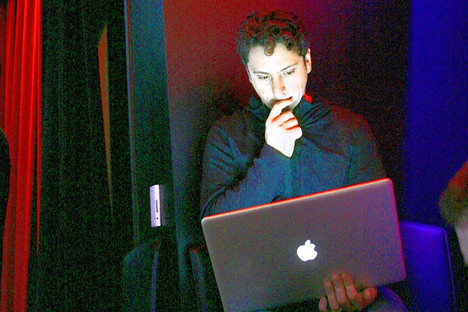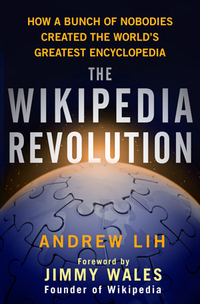One of the challenges of efficiently running a business is when to encourage experimentation and innovation among employees, and when to enforce standardization. Sam Walton seemed to have handled this well at Wal-Mart.
In the passage quoted below, Ray Kroc gives a glimpse of how he handled the issue at McDonald’s.
(p. 137) . . . , the quality of our french fries was a large part of McDonald’s success, and I certainly didn’t want to jeopardize our business with a frozen potato that was not up to our standard. So we made certain that the frozen product was thoroughly tested and that it met every condition of quality before we made it part of the system.
There was another product being tested at this time that would prove to have a tremendous effect on our business. This was the (p. 138) Filet-O-Fish sandwich. It had been born of desperation in the mind of Louis Groen in Cincinnati. He had that city as an exclusive territory as a result of some horse trading he’d done with Harry and me back in the days when we were using everything but butterfly nets to catch franchisees. Lou’s major competition was the Big Boy chain. They dominated the market. He managed to hold his own against them, however, on every day but Friday. Cincinnati has a large Catholic population and the Big Boys had a fish sandwich. So if you add those two together on a day the church had ordained should be meatless, you have to subtract most of the business from McDonald’s.
My reaction when Lou first broached the fish idea to me was, “Hell no! I don’t care if the Pope himself comes to Cincinnati. He can eat hamburgers like everybody else. We are not going to stink up our restaurants with any of your damned old fish!”
But Lou went to work on Fred Turner and Nick Karos. He convinced them that he was either going to have to sell fish or sell the store. So they went through a lot of research, and finally made a presentation that convinced me.
Al Bernardin, who was our food technologist at the time, worked with Lou on the type of fish to be used, halibut or cod, and they finally decided to go with the cod. I didn’t care for that; it brought back too many childhood memories of cod liver oil, so we investigated and found out it was perfectly legal to merchandise it as North Atlantic whitefish, which I like better. There were all kinds of fishhooks in developing this sandwich: how long to cook it, what type of breading to use, how thick it should be, what kind of tartar sauce to use, and so forth. One day I was down in our test kitchen and Al told me about a young crew member in Lou Groen’s store who had eaten a fish sandwich with a slice of cheese on it.
“Of course!” I exclaimed. “That’s exactly what this sandwich needs, a slice of cheese. No, make it half a slice.” So we tried it, and it was delicious. And that is how the slice of cheese got into the McDonald’s Filet-O-Fish.
We started selling it only on Fridays in limited areas, but we got so many requests for it that in 1965 we made it available in all our stores every day, advertising it as the “fish that catches people.” I (p. 139) told Fred Turner and Dick Boylan, both of whom happen to be Catholic, “You fellows just watch. Now that we’ve invested in all this equipment to handle fish, the Pope will change the rules.” A few years Later, damned if he didn’t. But it only made those big fish sales figures that much sweeter to read.
Source:
Kroc, Ray. Grinding It Out: The Making of McDonald’s. Chicago: Henry Regnary Company, 1977.



